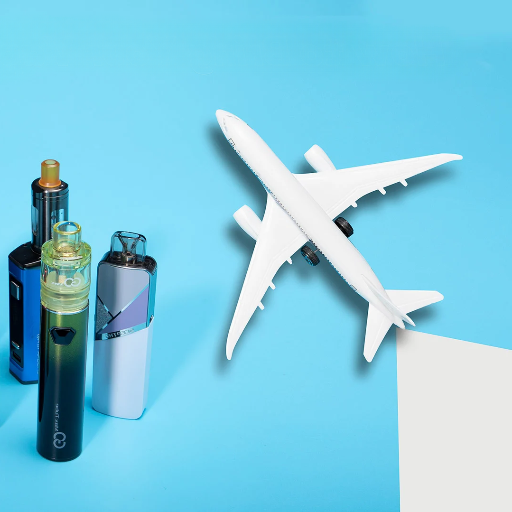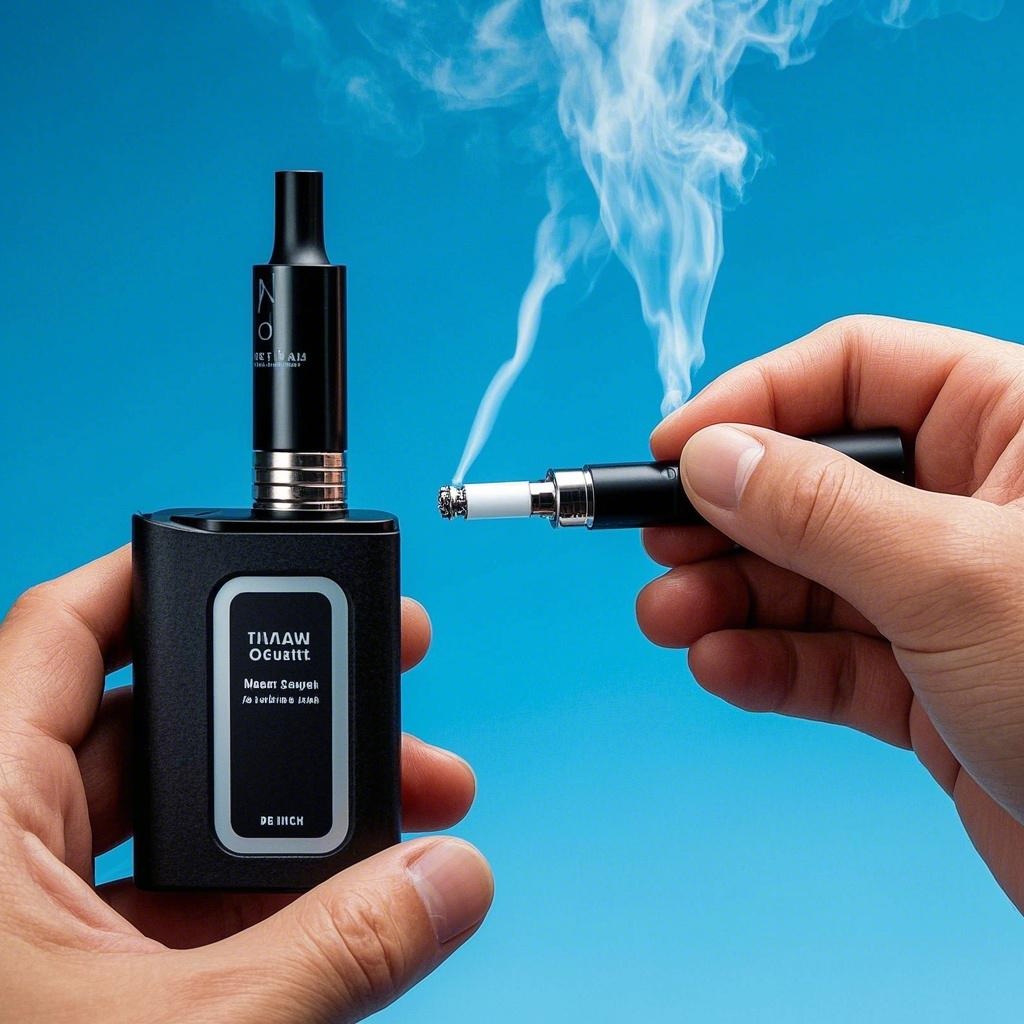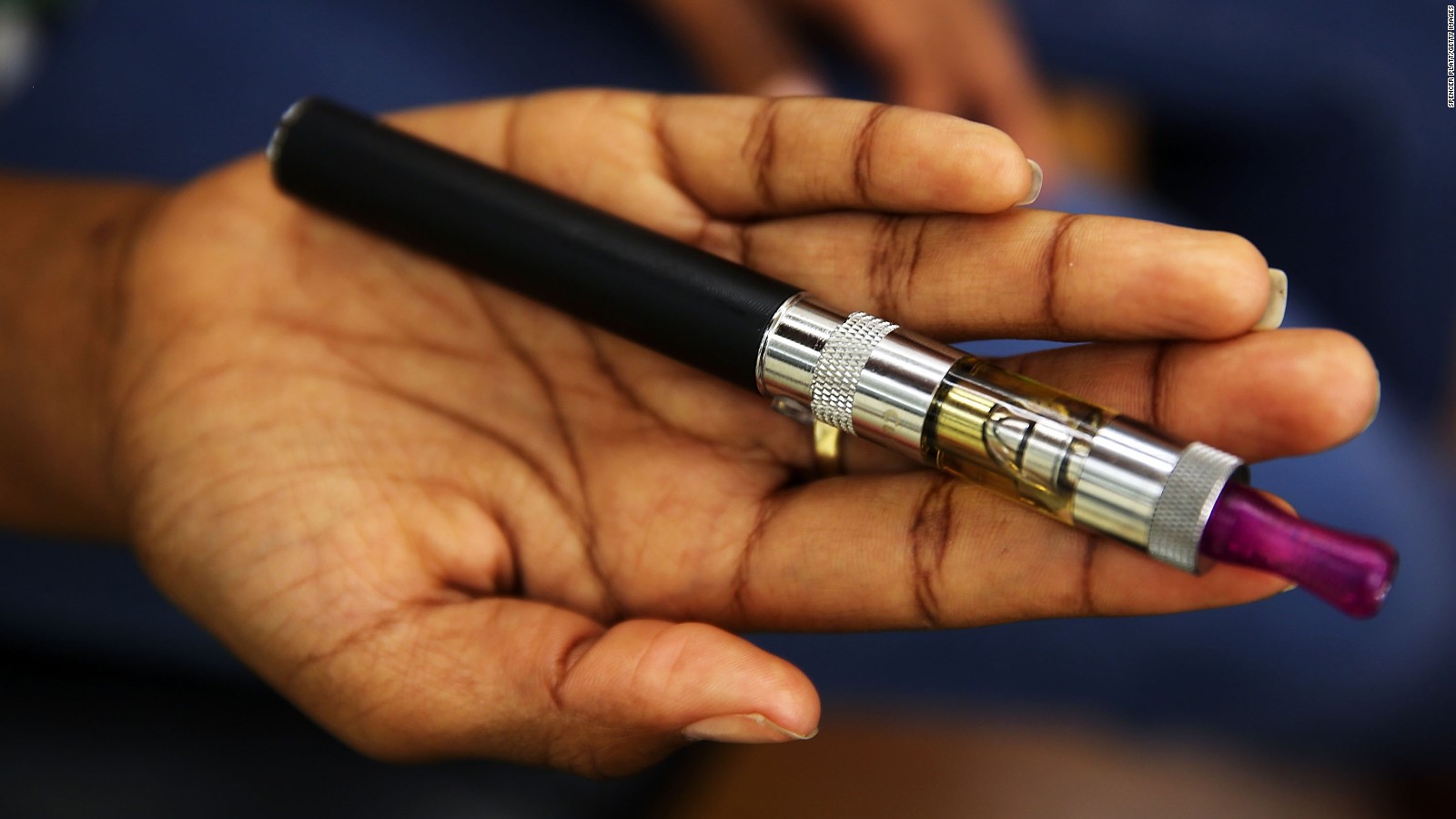When it comes to traveling by air, many passengers are aware of the restrictions around traditional smoking. But what about e-cigarettes? With their rise in popularity, it’s important to understand whether vaping is allowed on flights. In this article, we’ll explore the legal rules, airline policies, and potential risks of using e-cigarettes while flying. Whether you’re a frequent flyer or a first-time vaper, you’ll want to know the dos and don’ts to avoid any complications during your journey. Let’s dive in and answer the big question: can you really smoke e-cigarettes on a plane?
Legal Regulations for Smoking E-Cigarettes on Planes
When traveling by air, understanding the legal landscape for vaping is crucial, especially since rules differ across countries and airlines. E-cigarette use on planes is largely governed by the laws of the country you are flying from, flying to, and the airline you’re flying with.
Here, we’ll explore the key differences in regulations for e-cigarettes on international and domestic flights, as well as the recommendations made by the International Air Transport Association (IATA).
International and Domestic Regulations
Many countries have laws in place that ban or restrict the use of e-cigarettes on flights due to safety and security concerns. Below is a breakdown of the rules in various regions:
| Region | Regulation | Details |
|---|---|---|
| United States | E-cigarettes prohibited in-flight | The FAA prohibits the use of e-cigarettes on all commercial flights. |
| European Union | Vaping prohibited on most flights | Airlines in the EU follow strict regulations to prohibit e-cigarette use onboard. |
| Australia | E-cigarettes banned on flights | The Australian Government bans the use of e-cigarettes on flights, with fines for violations. |
| China | Vaping allowed, but restrictions apply | While e-cigarettes are allowed in some domestic flights, international flights may have different rules. |
| Middle East | Strict prohibition | Most Middle Eastern countries impose a strict ban on vaping during flights. |
IATA Guidelines
The International Air Transport Association (IATA) strongly recommends that airlines prohibit e-cigarettes on flights due to the potential safety hazards. According to IATA, while e-cigarettes may not pose an immediate threat of fire, their use could lead to confusion or safety risks, especially in the case of malfunction or leakage.
Airline Policies on E-Cigarettes
Each airline has its own specific policies regarding the use of e-cigarettes on board. While many airlines strictly prohibit vaping due to safety and regulatory concerns, there are some variations in how airlines enforce these rules, including fines and other penalties. In this section, we’ll explore the different approaches airlines take towards e-cigarette use, as well as the potential consequences if you break these rules.
Strict No-Vape Policies
Most airlines enforce a strict no-vape policy, meaning vaping is prohibited in both the cabin and the bathrooms. The reasons behind this ban are related to fire safety concerns, as the use of electronic cigarettes can trigger smoke detectors, which could cause unnecessary panic.
| Airline | Policy on E-Cigarettes | Penalties for Violation |
|---|---|---|
| American Airlines | Strictly prohibits vaping on board | Fine of up to $2,000, and potential grounding of the flight. |
| British Airways | No vaping allowed in the cabin or bathrooms | Fine, possible removal from the flight, and reported to authorities. |
| Delta Airlines | Vaping prohibited in all areas of the aircraft | $1,000 fine, and passenger may face permanent ban from the airline. |
| Emirates | No vaping in-flight, including the lavatories | Up to $1,000 fine, and possible arrest at destination. |
Airlines with a More Tolerant Approach
Some airlines are less strict but still impose clear restrictions on where and when you can use e-cigarettes. For example, some airlines allow vaping in designated smoking areas at airports or offer special lounges for smokers. However, even in these cases, vaping is still forbidden during the flight.
| Airline | Policy on E-Cigarettes | Additional Notes |
|---|---|---|
| Qatar Airways | Bans vaping on board but allows vaping in airport lounges | Vaping is only allowed at certain airport terminals before departure. |
| AirAsia | Vaping prohibited inside the cabin | Some flexibility at airports, but passengers must follow all flight regulations. |
Handling Complaints and Violations
If a passenger is caught vaping despite the airline’s ban, the airline typically takes swift action. This may include issuing fines, removing the passenger from the flight, or in extreme cases, involving law enforcement. Passengers who face such violations may also be subject to being placed on a watchlist, restricting future travel with the airline.
Airlines often rely on cabin crew to enforce the vaping ban, and complaints from passengers may lead to further investigation or disciplinary actions. In some cases, airlines may also offer ways to settle disputes, such as providing compensation or offering a refund if a passenger feels unfairly treated.
Safety Risks of Using E-Cigarettes on a Plane
While e-cigarettes are generally considered a safer alternative to traditional smoking, their use on an airplane can pose significant safety risks. In this section, we’ll explore why airlines enforce strict no-vape policies by highlighting potential hazards such as triggering smoke detectors, fire risks, and other safety concerns. Understanding these risks will help you see why vaping on a plane can be dangerous for both passengers and crew members.
Triggering Smoke Detectors
One of the main concerns with vaping on an aircraft is the potential to trigger smoke detectors, especially in the bathrooms. Most modern aircraft are equipped with smoke detectors in various areas, including restrooms, that are highly sensitive to even small amounts of vapor. Using an e-cigarette on board may cause the detector to activate, leading to a false alarm that could disrupt the flight and cause unnecessary panic.
| Risk Factor | Details | Potential Consequences |
|---|---|---|
| Smoke Detector Activation | E-cigarettes emit vapor that can trigger smoke detectors | False alarms, emergency protocols, flight delays, possible fines. |
| Fire Hazard | Malfunctioning e-cigarettes or battery issues can lead to fires | Potential for in-flight fire, cabin evacuation, and emergency landing. |
| Vapor Residue | Residual vapor left in the cabin can be mistaken for smoke | Cabin crew may mistake it for a fire risk, leading to confusion. |
Fire Hazards and Battery Risks
Another significant concern is the risk of fire. E-cigarettes rely on lithium-ion batteries, which, in rare cases, can overheat, malfunction, or even catch fire. The confined space of an airplane cabin amplifies this risk, as even a small malfunction could cause a fire in the cabin. Lithium-ion batteries have been known to overheat and even explode if damaged or improperly handled, and this can lead to catastrophic consequences.
Airlines and aviation authorities are especially cautious about any potential fire hazards in-flight, which is why they impose strict regulations on carrying and using e-cigarettes onboard.
Other Safety Concerns
- Vapor Residue: The vapor emitted by e-cigarettes can linger in the cabin air, leading to confusion. In certain cases, cabin crew may mistakenly believe the vapor is smoke, which can disrupt the flight and cause safety concerns.
- Disrupting Crew Duties: In-flight crew are responsible for maintaining the safety of all passengers. Allowing the use of e-cigarettes could distract crew members and lead to delayed responses in an emergency situation.
Why Airlines Take a Strict Approach
Airlines have a zero-tolerance approach towards any activities that could jeopardize the safety of passengers and crew, and vaping is no exception. The safety protocols and emergency procedures aboard aircraft are designed to protect everyone on board, and even a small risk can have major consequences.
To ensure that all passengers are safe, airlines take a very cautious stance on e-cigarettes. Vaping could trigger safety alarms, distract crew members, or lead to other potential risks that airlines are unwilling to take.
What Are the Consequences of Using E-Cigarettes on a Plane?
If you’re caught vaping on a plane, you may face serious consequences that can affect both your immediate travel and future flights. Airlines and aviation authorities take the use of e-cigarettes on board very seriously due to safety risks and regulatory compliance. In this section, we’ll outline the potential repercussions you may face, such as fines, legal action, and blacklisting from airlines.
Fines for Vaping on a Plane
Most airlines impose hefty fines on passengers who violate their no-vape policies. These fines can vary depending on the airline, the severity of the infraction, and the country’s regulations. Some airlines issue on-the-spot fines, while others may escalate the issue to law enforcement if necessary.
| Airline | Fine for Vaping | Details |
|---|---|---|
| American Airlines | Up to $2,000 | Passengers caught vaping on board may be fined and reported to authorities for further action. |
| British Airways | £1,000 (Approx. $1,200) | Passengers may face a fine or removal from the flight, and the violation is logged in their records. |
| Delta Airlines | $1,000 or more | Passengers may be fined and may be banned from flying with the airline in the future. |
| Emirates | $1,000 – $2,000 | Severe penalties apply, especially for repeat offenders, including a potential legal investigation. |
Legal Action and Lawsuits
In certain cases, if vaping leads to serious safety concerns, such as triggering emergency protocols or creating a fire hazard, legal action may be taken. This could include lawsuits filed by the airline or other passengers who feel their safety was compromised.
While it’s rare, legal repercussions may involve criminal charges, especially if you endanger the flight or cause a disturbance. Passengers may face court proceedings or even jail time, depending on the jurisdiction.
Blacklisting from Airlines
If you are caught vaping in violation of airline policies, you may be added to a blacklist by that airline or even by others. This can result in being banned from flying with that airline for a specific period, or in some extreme cases, permanently. Blacklisting can also affect your ability to book flights with other carriers, as major airlines often share passenger violation data.
| Consequence | Impact on Passenger | Duration |
|---|---|---|
| Blacklisting | Banned from future flights with the airline | Temporary (e.g., 1-2 years) or permanent |
| Legal Action | Lawsuits or criminal charges | Ongoing legal process; possible court appearance |
Other Potential Consequences
- Flight Delay: If vaping causes a false alarm or distraction, the flight may be delayed, leading to inconvenience for everyone on board.
- Reputational Damage: A violation of this nature could damage your reputation as a passenger, affecting your future bookings with various airlines.
What Consequences Will You Face if You Vape on a Plane?
Vaping on a plane is not only against airline policies but can also lead to serious consequences. In this section, we’ll break down the potential legal, financial, and personal repercussions of using an e-cigarette during your flight. Understanding these consequences will help you make informed decisions and avoid any complications that could affect your travel experience.
Fines and Penalties
One of the most common consequences of vaping on a plane is a fine. Airlines and regulatory authorities impose hefty fines on passengers who are caught using e-cigarettes during the flight. These fines can vary depending on the airline, the country of origin, and the severity of the violation.
| Airline | Fine Amount | Potential Consequences |
|---|---|---|
| American Airlines | Up to $2,000 | Fines, potential delays, and removal from the flight. |
| Delta Airlines | $1,000 | Fine, removal from the flight, and possible permanent ban from the airline. |
| British Airways | £1,000 ($1,300) | Fine and possible legal actions at the destination airport. |
| Emirates | $1,000 to $3,000 | Fine, and the possibility of arrest upon arrival. |
Legal Actions and Prosecution
In some cases, using an e-cigarette on a plane may lead to legal actions. Authorities may press charges for violating safety regulations, especially if vaping leads to disruptions, fires, or false alarms. Depending on the jurisdiction, this could result in a criminal charge, which may involve an arrest upon arrival, legal proceedings, or a court appearance.
- Airline Offenses: In certain cases, airlines may treat the offense as a criminal one, resulting in the involvement of law enforcement.
- Airport or Local Laws: Some countries have more severe penalties for vaping on planes, including the possibility of jail time or large fines.
Being Blacklisted
Another serious consequence of vaping on a plane is being blacklisted by the airline. This means you could be banned from flying with that airline for a certain period or even permanently. Once blacklisted, it may be difficult to book future flights with the airline, severely limiting your travel options.
| Airline | Blacklisting Consequences | Impact on Future Travel |
|---|---|---|
| American Airlines | Possible permanent ban from flying with the airline | Restricted from booking flights with the airline. |
| British Airways | Temporary or permanent blacklisting from the airline | Future bookings may be denied or canceled. |
| Delta Airlines | Blacklisted for a set period or permanently | Impact on ability to travel with the airline in the future. |
Impact on Your Travel Experience
Vaping on a plane can significantly impact your entire travel experience. If caught vaping, not only will you face fines and legal trouble, but it could also lead to delays, removal from the flight, and even being reported to law enforcement. This disruption could cause you to miss connecting flights, lose money on non-refundable tickets, and face complications with your travel itinerary. Furthermore, the added stress of legal actions or the potential embarrassment of being escorted off a plane could have long-lasting effects on your future travels.
Alternatives: E-Cigarette Regulations and Safe Alternatives During Flights
While vaping on a plane is generally prohibited, there are alternative options available for smokers and vapers to manage their needs in a way that adheres to airline policies and ensures a smooth, trouble-free journey. In this section, we’ll explore legal and safe alternatives for e-cigarette use, such as designated smoking areas and electronic cigarette-specific devices at airports, as well as tips for staying comfortable during the flight.
Airport Smoking Areas and Lounges
Before your flight, you can use designated smoking areas or lounges at most airports. Many international airports provide smoking rooms or outdoor smoking zones where passengers can take a break before boarding. These areas are equipped to safely accommodate smokers and vapers, allowing you to relax without violating any rules.
| Airport | Smoking Area | Details |
|---|---|---|
| London Heathrow | Designated smoking areas outside the terminals | Smoking rooms are located at various terminals for passengers before departure. |
| Dubai International | Smoking lounges in terminals | Several lounges provide smoking areas for travelers who need a break before boarding. |
| Los Angeles (LAX) | Outdoor smoking areas | Smoking areas are available outside the terminals, with clear signage for smoking zones. |
Electronic Cigarette-Specific Devices
Some airports and airlines are considering the use of electronic cigarette-specific devices, which allow passengers to vaporize in a way that is less intrusive to others. These devices typically release a less noticeable vapor and may be subject to different regulations than traditional e-cigarettes.
Some airlines have adopted the use of these devices in designated areas, and in the future, more airports may provide specific vaping spaces for passengers. However, you should always check the specific airline or airport regulations beforehand.
Tips for Managing Nicotine Needs During Your Flight
If you’re unable to use an e-cigarette or traditional cigarette during the flight, there are ways to manage your cravings and stay comfortable.
- Nicotine Patches: A nicotine patch can help reduce cravings without causing disruption to other passengers. This discreet alternative provides a controlled release of nicotine.
- Nicotine Gum or Lozenges: If you prefer a quicker fix, nicotine gum or lozenges can be a good option. They are small, easy to carry, and help alleviate cravings during the flight.
- Stay Hydrated and Relaxed: The flight environment can cause dehydration, which may intensify nicotine cravings. Drink plenty of water and engage in relaxing activities such as reading or listening to music to keep your mind off your cravings.
Understanding the Rules and Staying Safe While Traveling
In conclusion, while vaping on a plane is generally prohibited due to safety concerns such as triggering smoke detectors and fire risks, there are alternative solutions to help you manage your nicotine needs during your flight. By understanding the legal regulations and airline policies, you can avoid fines, legal issues, or being blacklisted by your airline.
Remember, using airport smoking areas, nicotine alternatives like patches or gum, and specialized e-cigarette devices (if allowed) are great ways to stay comfortable and compliant. Following these guidelines will not only ensure your own safety but also contribute to a smooth, stress-free travel experience for you and those around you. Stay informed, respect the rules, and enjoy your journey!




